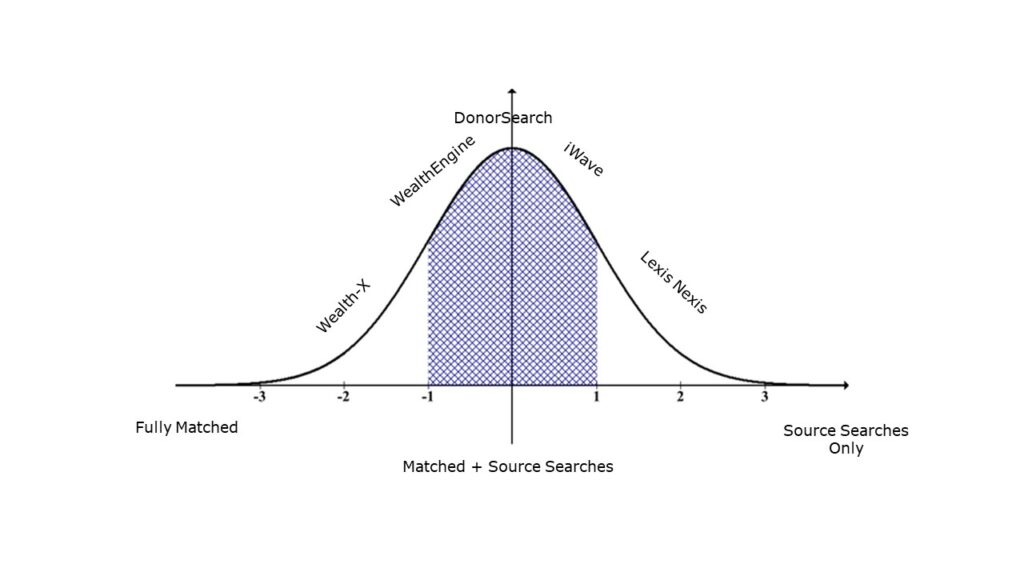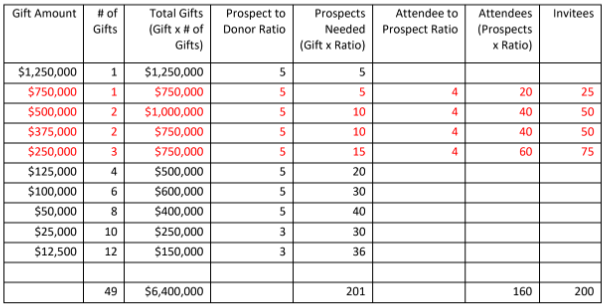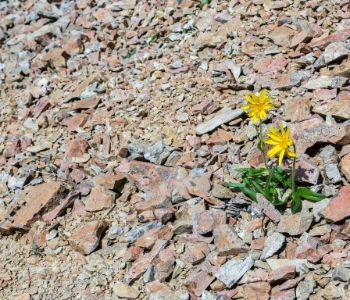There are many software tools for prospect research these days. Especially for newer researchers, how do you decide which one, or whether you should purchase more than one? The prices and offerings vary considerably and can make choosing feel random and confusing! There is a general rule that can help guide you and illuminate key distinctions between choices. It also happens to be very similar to a key distinction between what makes a good and credible information source.
But first, let’s talk cake!
As I was growing up in the 70’s and 80’s, my mother’s hobby was baking and decorating elaborate cakes. Sharks chased people, dolls wore cascading dresses of flowers, and cornucopias overflowed with abundance. And underneath all of the creative icing-packed designs was a delicious, moist and fluffy cake. People had to be coaxed to cut through her gorgeous designs – this demanded a great taste to complete the experience!
Did my mother bake her cakes from scratch, or did she use a boxed cake mix?
Why, she used a boxed cake mix, of course!
Her favorite brand was Duncan Hines boxed cake mixes. And the proof was in the tasting. She did bake some cakes from scratch and I could tell the difference. I know there are some amazing bakers out there who can make a moist, fluffy, delicious cake from scratch, but my mom could make one every single time — with the boxed mix.
Because boxed cake mixes are a lot like algorithms…
When you need a reliable outcome for a simple task, there is usually an automated solution available or on its way. Information solution companies can reliably give us the equivalent of a moist, fluffy, delicious chocolate or vanilla cake. The ingredients in a wealth screening, for example, are similar across products and the algorithms are always getting better. They give us a meaningful segmentation of our constituent base.
Then it’s up to us prospect research professionals to add the icing — the fundraising insight and action.
But the minute you stray from needing a simple cake, the boxed cake mixes fall short and we are back to baking from scratch with good recipes.
And herein lies the biggest distinction in and among prospect research tools.
When we use the boxed mix equivalent of a research tool, the algorithm makes the choices over what information is best matched to our prospect. This works really well, until it doesn’t.
For example, we know that a wealth screening typically underestimates the wealthiest, because the algorithm needs visible asset values to calculate a capacity rating. And yet we know that the higher the net worth the fewer the visible assets.
So, if we want to be sure we don’t underestimate our prospect’s capacity, we use the wealth screening to segment our thousands of constituents and then focus on a highly rated segment to manually research. And once again we are faced with which tool(s) to use or purchase.
If you are serious about doing serious research, you need a tool that lets you choose the ingredients for your own recipe. In other words, you need to be able to search the original source databases to craft your own customized profile.
A basic tenet of research is that you want to get as close to the primary or originating source of information as you can. Because we know that information can get corrupted as it passes through multiple sources.
Maybe your prospect uses a nickname or has other quirks that an algorithm isn’t trained to untangle. Searching through the database sources yourself will allow you to create a better profile than the algorithm alone.
As you might imagine now, hybrid opportunities for creating great tasting cakes and master piece profiles abound. But they don’t have to confuse you as you try to decide what to buy.
Many research tools offer you the option to use the information matching algorithm AND search independently within the same software platform. This is like having your boxed cake mix AND all the key ingredients available to mix and match with your mix (like chocolate chips or instant coffee, yum!).
If I drop the cake mix talk, here’s how I might lay out some of the products available to us along a normal distribution illustrated below.

This isn’t a perfect, or even scientific, illustration, but hopefully it helps you begin to sort the tools into different types. Once you are able to do this at the fundamental level of access to source information, you can now add different layers of evaluation.
You will want to do your usual assessment of items such as the following:
- How easy is the tool to navigate and use based on who will be using it?
- Can I manipulate the information the way I need to for the products I deliver internally?
- Does it have the source databases for the type of constituency we have?
- Does it test well when I enter our typical best prospects?
- Is the pricing structure a good fit for my organization?
- How responsive is their customer service?
- …and more
Machine learning has entered our field and that will add a layer of complexity to tool choices. I expect that algorithms or models created using big data will be offered for use to organizations with smaller data sets. And as this practice spreads and competition pushes prices downward, I’m going to have to eat my cake and come up with a new analogy!











